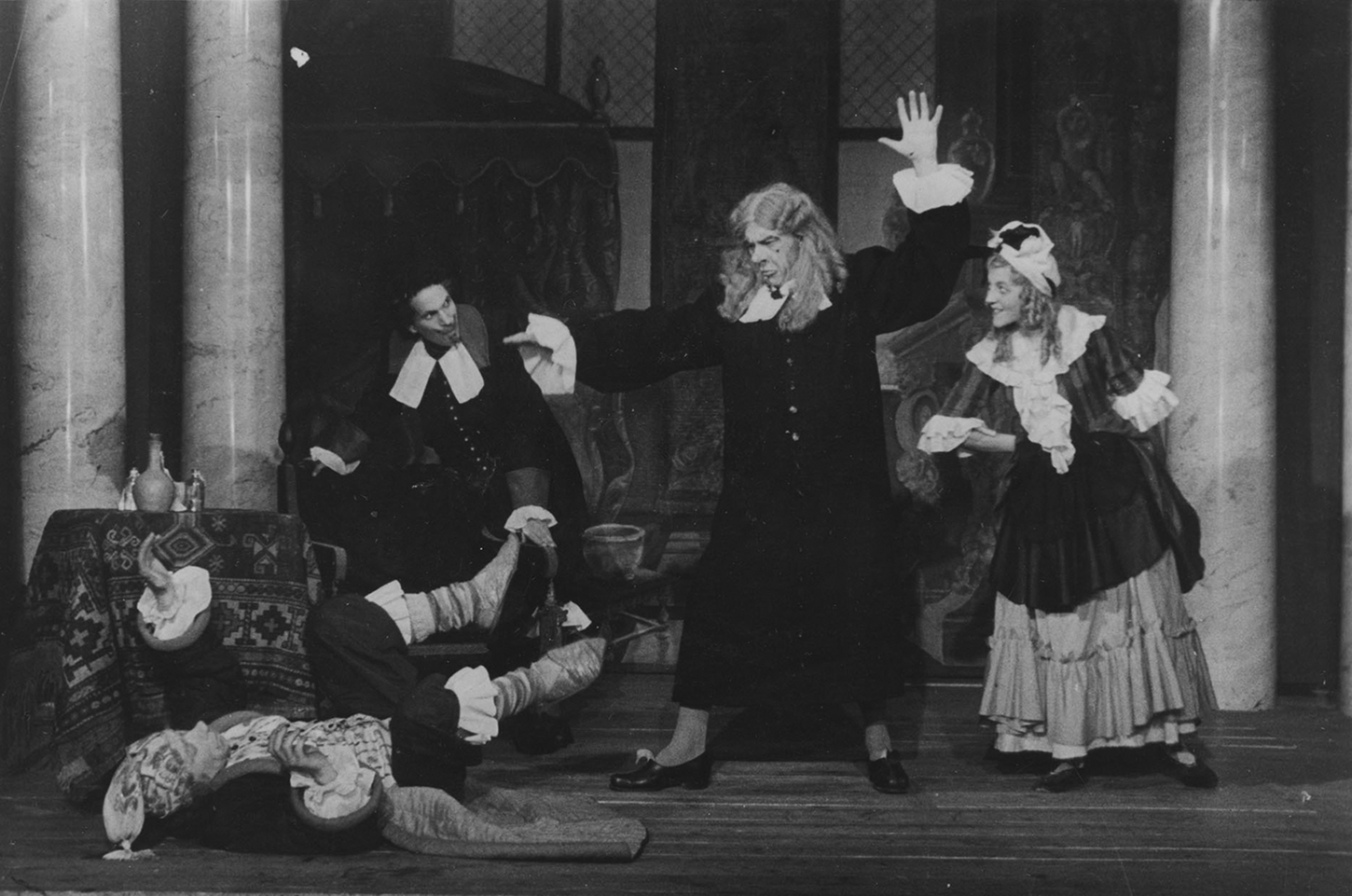Neurasthenia was first defined by the renowned New York neurologist George Beard (1839–1883) in 1869. He described it as a lack of nerve force that developed due to the stress of modern society. Since neurasthenia had been perceived as a side-effect of a modernising America, Beard called it ‘the American disease’. However, it seemed to spread rapidly to Europe. In 1887, the Russian psychiatrist Pavel Kovalevsky (1849–1931) even proclaimed neurasthenia a ‘Russian disease’, given the large number of ‘neurasthenics’ in his country. After the Russian Revolution, in the 1920s, neurasthenia was considered one of the most widespread mental disorders among the ranks of the new political and executive elites. Soviet psychiatrists believed that the cause of the nervous exhaustion lay in the revolutionary sufferings of Bolsheviks during the civil war and in psychological stress during the post-war reconstruction of the country. The work-related emotional overstraining often led to suicide. In 1925, the suicide rate among Communist Party activists reached 12.5% of all deaths. Neurasthenia was also regarded as a common illness of intellectuals.
It is therefore not surprising that neurasthenia came into the repertoire of the Moscow Theatre for Sanitary Culture in the 1920s. The theatre was founded in 1924 for purposes of hygiene propaganda. Its plays were devoted to many burning social and health problems, such as prostitution, alcoholism, protection of mothers and children, and sexually transmitted, infectious and, last but not least, nervous diseases. ‘Psycho-hygienic’ plays about the dangers of overworking and overtiredness had to agitate for mental health. One such play, the comedy Nerve Dance (1928) by Aleksandr Narodetsky (1895–?) and Mark Triger (1896–1941), shows a former civil war hero and director of a sugar refinery Vasily Terentyev, who works restlessly day and night for its sustainable future. Being under permanent stress and overloaded with work he turns into a neurotic person who is no longer able to control his emotions and acts like a ‘hysterical woman’. Unexpectedly, he is appointed interim director of a factory in a small town. His new colleagues and young communists open his eyes to his neurasthenia by putting on a music show in which his behaviour is caricatured. Three months later, he returns to his hometown fully recovered from his illness.
A radical change in Soviet politics in 1929, known as the ‘great break’, marked the beginning of the forced industrialisation in the USSR. From then on, the country was racked by socialist emulations and overfulfilment of production plans. In accordance with the new political course, Soviet occupational physicians were forced to declare that motivated work in a socialist country had a vitalising effect on the entire organism. Thus, in the 1930s, fictional neurasthenics in the psycho-hygienic plays were replaced by hypochondriacs. Both adaptations of well-known classics such as The Imaginary Invalid by Molière (Fig. 1) and new socialist plays such as The Suicide by Dmitri Dolev (1883–1944) and Nikolai Mertsalsky (1896–1964) had to ridicule sickness as an imaginary construct of a work-shy hypochondriac.

Fig. 1 Scene from Molière's The Imaginary Invalid (1929) at the Moscow Theatre for Sanitary Culture, 1944. Reproduced with permission from the Russian State Archive of Scientific-Technical Documentation, 178/5/110, p. 13.





eLetters
No eLetters have been published for this article.